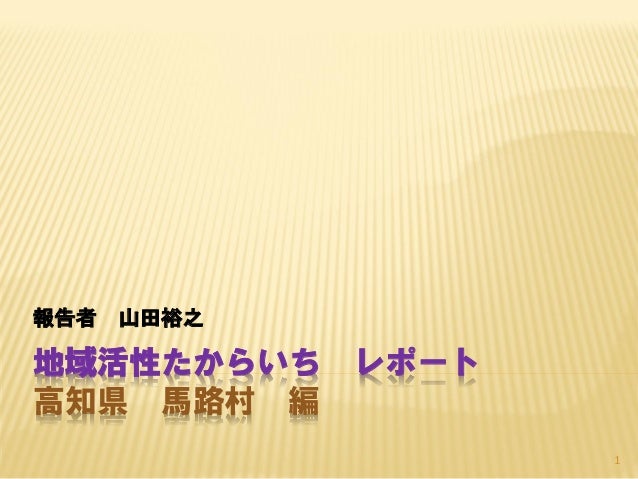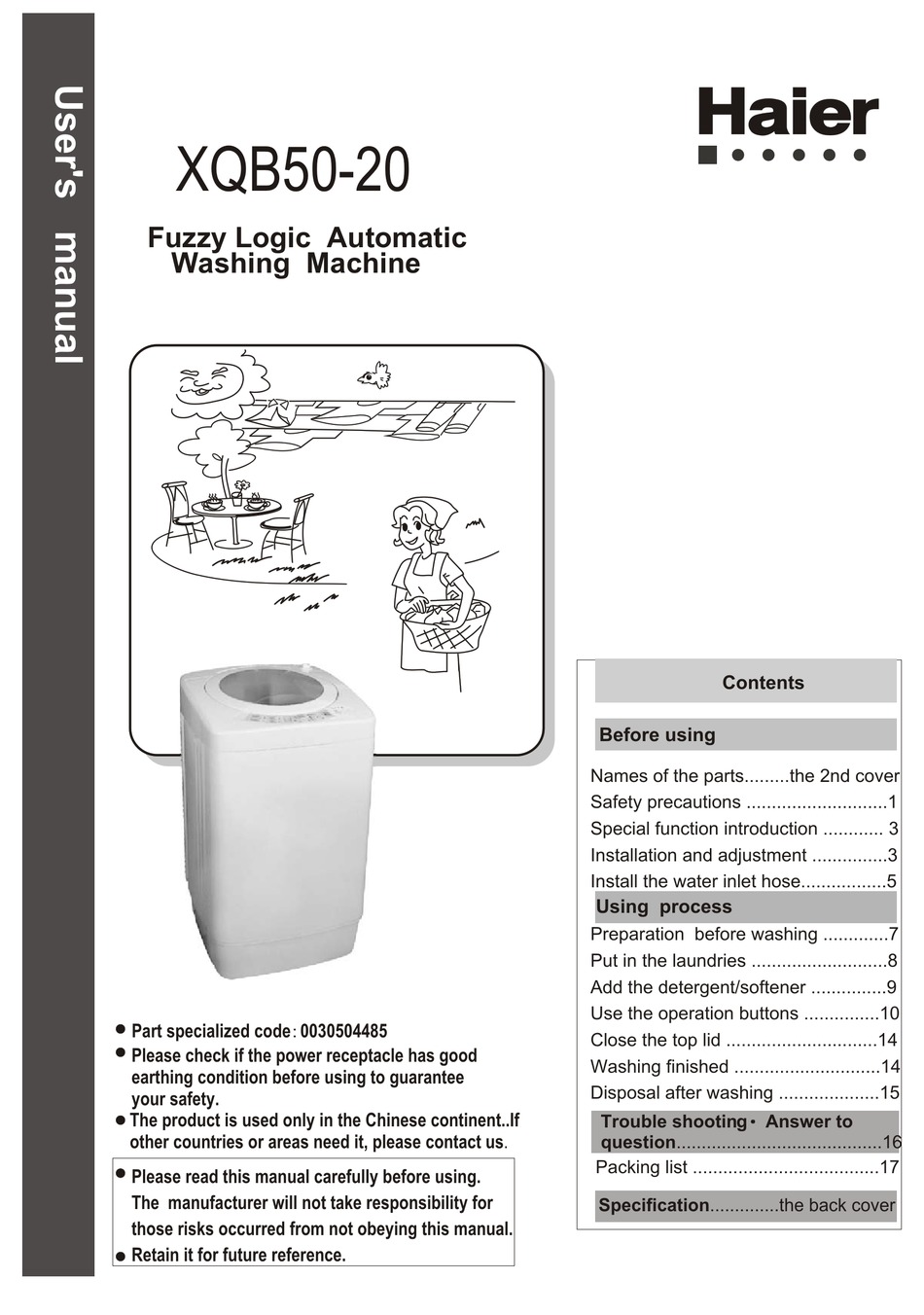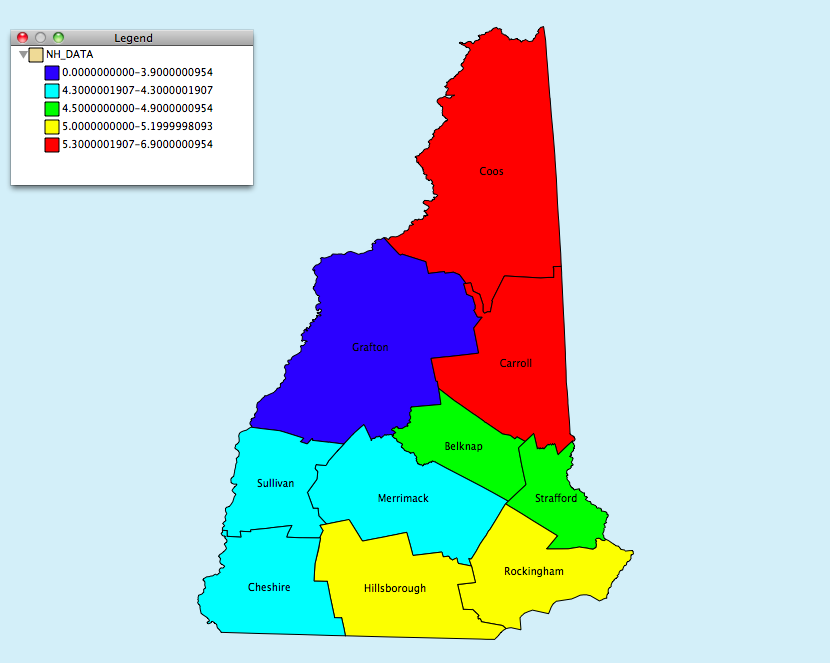

- CARTOGRAPHICA USER GUIDE HOW TO
- CARTOGRAPHICA USER GUIDE MANUAL
- CARTOGRAPHICA USER GUIDE PROFESSIONAL
CARTOGRAPHICA USER GUIDE MANUAL
Some techniques date back hundreds or thousands of years and are difficult to replicate digitally, such hill profiles and hachures others, such as shaded relief and contour lines, are much easier to produce in GIS than using manual tools. Several methods have been developed for visualizing elevation and the shape of the Earth's surface.


CARTOGRAPHICA USER GUIDE PROFESSIONAL
However, as much or more of the recent innovation in cartographic design has been at the hands of professional cartographers and their sharing of resources and ideas through organisations such as the International Cartographic Association and through national mapping societies such as the North American Cartographic Information Society and the British Cartographic Society.Ī map of Sikkim, India using shaded relief and hypsometric tints (a form of isarithm) to visualize terrain A second major research track has been the investigation of the design opportunities offered by changing technology, especially computer graphics starting in the 1960s, geographic information systems starting in the 1970s, and the Internet starting in the 1990s. This focus began to be challenged towards the end of the 1980s by the study of critical cartography, which drew attention to the influence of social and political forces on map design. Since the 1950s, a significant focus of cartography as an academic discipline has been the cartographic communication school of thought, seeking to improve design standards through increased scientific understanding of how maps are perceived and used, typically based on cognate disciplines such as psychology (especially perception, Gestalt psychology, and psychophysical experimentation), Human vision, and geography. His subsequent textbook, Elements of Cartography (1953), was a marked departure from the past, with a major focus on design, claiming to "present cartography as an intellectual art and science rather than as a sterile system of drafting and drawing procedures." Robinson, whose short but seminal work The Look of Maps (1952) set the stage for the future of cartographic design, both for his early theorizing about map design, and for his honest acknowledgment of what was not yet known, soon spawning dozens of PhD dissertations. The new generation of cartography professionals and professors began to reflect on why some maps seemed to be better (in beauty and function) than others, and to think of ways to improve design.

This was synchronized with the widespread expansion of higher education, during which most cartography training transitioned from an apprenticeship to a college degree (typically using Raisz's textbook in America). Īdvances in cartographic production technology in the 20th century, especially the advent and widespread availability of color Offset printing, then a multitude of advances spurred on by World War II, such as Photolithography, gave cartographers a larger palette of design options, and made it easier to creatively innovate. This was despite the fact that Raisz himself was a very creative designer, developing techniques as varied as cartograms and a style of Terrain depiction on physiographic maps that few have been able to replicate.
CARTOGRAPHICA USER GUIDE HOW TO
As late as 1948, Erwin Raisz's General Cartography, the standard English textbook on the subject, reads as a set of instructions of how to construct maps in keeping with tradition, with very little reflection on why it is done that way. That said, there were notable exceptions, such as the occasional introduction of a novel Map projection, and the advent of thematic mapping in the 19th century highlighted by the work of Charles Dupin and Charles Joseph Minard in France. Most map makers served several years as an apprentice, learning the skills of the master, with little room for innovation other than adapting to changing production technology. Charles Joseph Minard's map of Napoleon's Russian campaign of 1812 (1844) has been long recognized as a masterwork of cartographic design at a time when such was difficult and rare.įrom ancient times to the 20th century, cartography was a craft or trade.


 0 kommentar(er)
0 kommentar(er)
